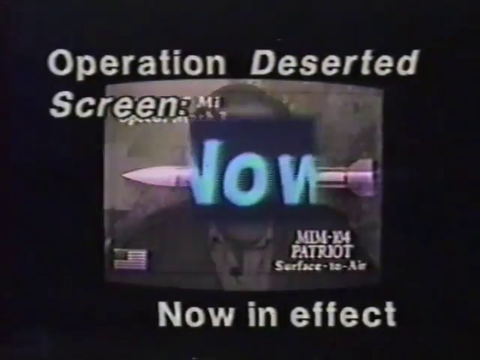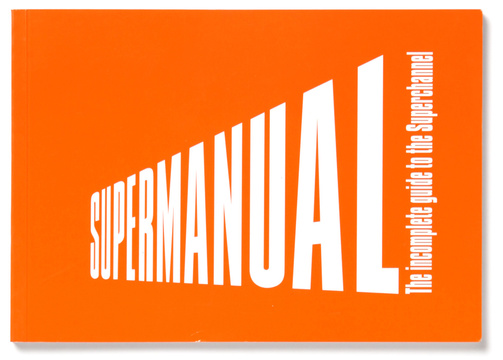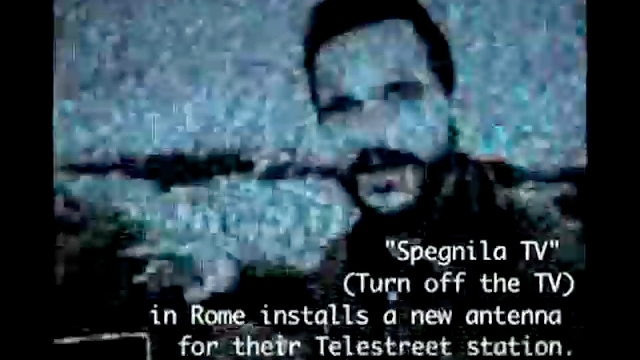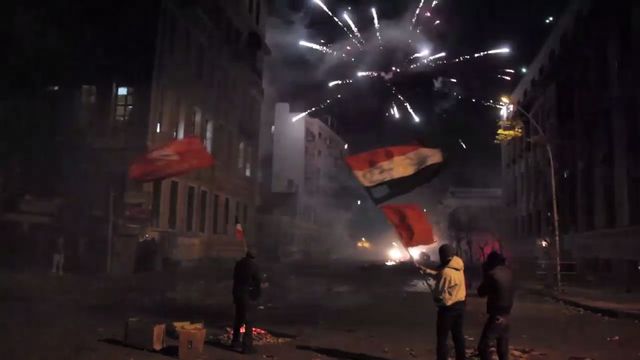Search results for 'self-mediation'
Midia Ninja's
Supermanual
Mediate YourSelf!
At the end of the third 'Next 5 Minutes' conference on tactical media (March 1999) in Amsterdam, an interesting discussion emerged around the question of how the minor media practices elaborated and highlighted in this vibrant event would ever reach a wider audience for lack of being covered by any mainstream outlet. At one point, some people from the back of the room (unfortunately I don't know anymore who exactly, I believe an Italian group), shouted: 'We don't want to be mediated - we mediate ourselves!'
ReadPublication: Legacies of Tactical Media - The Tactics of Occupation: From Tompkins Square to Tahrir.
Out now and available for download:
INC Network Notebooks 05 - Legacies of Tactical Media
Tactical Media employ the 'tactics of the weak' to operate on the terrain of strategic power by means of 'any media necessary'. Once the rather exclusive practice of politically engaged artists and activists, the tactical appropriations of media tools and distribution infrastructures by the disenfranchised and the disgruntled have moved from the margins to centre stage.
Tactical Media Connections
A public research trajectory tracing the legacies of Tactical Media and its connections to the present.
Under the working title 'Tactical Media Connections' the editors of the Tactical Media Files, David Garcia and Eric Kluitenberg have begun an extensive public research project that seeks to trace and develop the connections between the phenomenon of Tactical Media as it was identified in the early 1990s, not least through the renowned series of Next 5 Minutes festivals and conferences on Tactical Media (www.n5m.org - organised four times between 1993 and 2003), and current critical practices operating at the intersection of art, media, activism, technological experimentation and political contestation.
Midia Ninja's
NINJA
Narrativas Independentes, Jornalismo e Ação
(independent narratives, journalism and action)
Documenting Brazil's protests from within...
Everybody will be TV
Programming produced by any big transnational TV network (CNN, BBC, etc.) is, from the standpoint of an Internet user, similar to an Aggregator site distributing video material. It may also function as a portal providing a variety of material of interest to the viewer. Similarities abound - sections of a transnational TV network correspond to parts of an aggregate site: a program schedule is analogous to a web site index, news programs function as general information about the portal's community, shows represent particular web pages or sections on the portal. Most importantly, both TV network and a Web portal try to fulfill the basic media mission: to define its own reality and broadcast it that reality to potential followers - TV viewers or Internet users.
ReadIn Brazil, Mídia NINJA's indie journalists are gaining attention and sparking controversy
Providing journalism from within Brazil's protest movement has led the 'ninjas' to find an audience that wants to be represented in media.
ReadBeautiful Trouble - A toolbox for revolution
Introduction
By Andrew Boyd & Dave Oswald Mitchell
"The clowns are organizing. They are organizing. Over and out."
-Overheard on UK police radio during action
by Clandestine Insurgent Rebel Clown Army, July 2004
The Power of Social Media - The Helplessness of Traditional Media and #direngeziparki #direnankara, #direnizmir
Residents of Istanbul started a peaceful sit-in as a reaction to the city governments plans to demolish Taksim Square's Gezi Park on the May 29th 2013. The demolition was part of the plan to replace the park and construct a shopping mall on one of the only green areas left in the central cross road of Istanbul. The reaction was sparked by a decision making process that lacked any consultation with citizens. Inhabitants of the city initiated this on-site protest to raise their voices against the demolition plans, but also to exercise their right to freedom of speech and to freedom of assembly in a democratic society.
ReadMedia Without an Audience
Presence in the mediated environment of digital networks is probably one of the most complex phenomena of the new types of social interaction that have emerged in these environments. In the current phase of radical deployment (or penetration) of the Internet, various attempts are being made to come to terms with the social dynamics of networked communication spaces. It seems that traditional media theory is not able to contextualise these social dynamics, as it remains stuck on a meta-level discourse of media and power structures (Virilio), hyperreality (Baudrillard), or on a retrograde analysis of media structures deeply rooted in the functionality and structural characteristics of broadcast media (McLuhan).
Read







